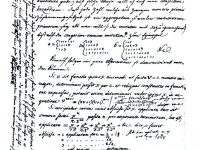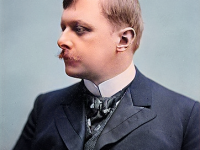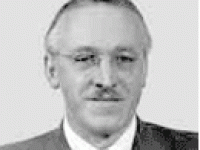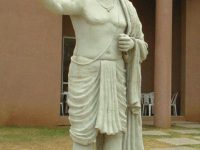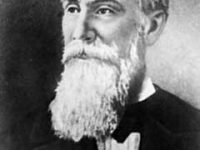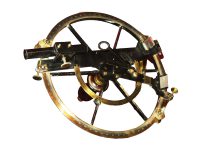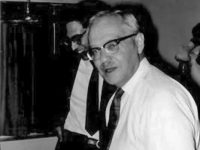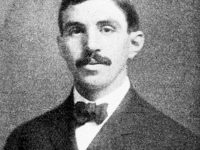Ivan Matveevich Vinogradov and the Goldbach Conjecture
On September 14, 1891, Soviet mathematician Ivan Matveevich Vinogradov was born. Vinogradov is best known for his contributions to the analytical theory of numbers, including a partial solution of the Goldbach conjecture proving that every sufficiently large odd integer can be expressed as the sum of three odd primes. Ivan Matveevich Vinogradov – Youth and Education Ivan Matveevich Vinogradov was born to Matvei Avraam’evich Vinogradov, a priest in Milolyub, a village in…
Read more

